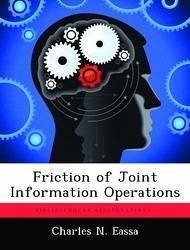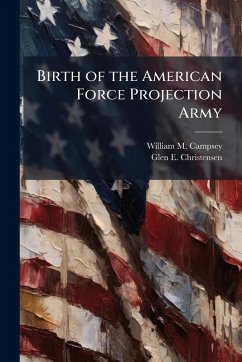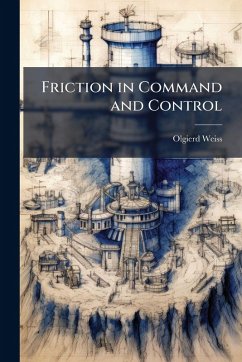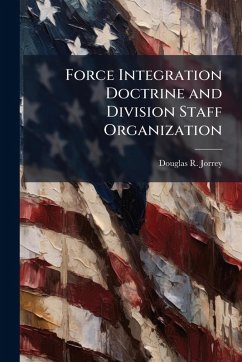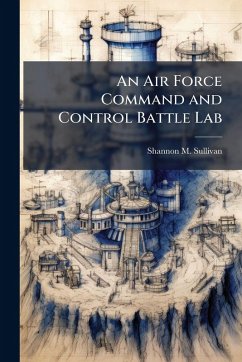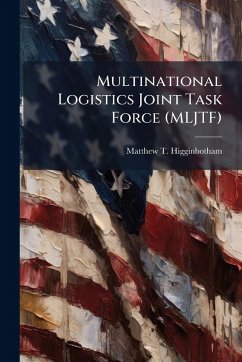
Fog, Friction and Force Caps
Versandkostenfrei!
Versandfertig in über 4 Wochen
14,99 €
inkl. MwSt.

PAYBACK Punkte
7 °P sammeln!
Force caps and related command and control issues had a considerable influence on the conduct of operations in Operation Enduring Freedom in Afghanistan. This paper attempts to answer the question, "Did force caps prevent ground component commanders from prosecuting this war according to the Army's doctrinal concept of overwhelming force?" The significance of this paper is that the military will in all likelihood be called upon to operate with the constraint of force caps again in the future, and there are lessons to be learned from the way forces were implemented in Afghanistan. The methodolo...
Force caps and related command and control issues had a considerable influence on the conduct of operations in Operation Enduring Freedom in Afghanistan. This paper attempts to answer the question, "Did force caps prevent ground component commanders from prosecuting this war according to the Army's doctrinal concept of overwhelming force?" The significance of this paper is that the military will in all likelihood be called upon to operate with the constraint of force caps again in the future, and there are lessons to be learned from the way forces were implemented in Afghanistan. The methodology that brought the author to choose this topic was interviews with planners and operators who had first hand knowledge of the issues of the campaign and who identified force caps and command and control as the greatest issues of the campaign. Further research was then conducted using additional sources identified and discussed in Appendix-1-Literature Review. The paper starts with examples of how operations and logistics were impacted due to force caps and includes an account of the U.S. Marine's insertion into Forward Operating Base Rhino in Southern Afghanistan in November of 2002. The author describes how force caps created an ad-hoc force structure. This structure resulted in the generation of an overwhelming amount of requests for forces. These requests for forces went through many layers of lengthy approval processes. The author discusses the dangers of piecemeal commitment using the historical example 'Task Force Smith'; which occurred in July 1950 at the outset of the Korean War. The flattened command and control structure, the risks involved in limiting the amount of force, and issues of command relationships are also addressed. Reasons for the force caps are presented, including the strategic context that contributed to the limit on the number of forces. Recommendations are offered toward resolving issues associated with force caps. The ultimate finding is that we s This work has been selected by scholars as being culturally important, and is part of the knowledge base of civilization as we know it. This work was reproduced from the original artifact, and remains as true to the original work as possible. Therefore, you will see the original copyright references, library stamps (as most of these works have been housed in our most important libraries around the world), and other notations in the work. This work is in the public domain in the United States of America, and possibly other nations. Within the United States, you may freely copy and distribute this work, as no entity (individual or corporate) has a copyright on the body of the work. As a reproduction of a historical artifact, this work may contain missing or blurred pages, poor pictures, errant marks, etc. Scholars believe, and we concur, that this work is important enough to be preserved, reproduced, and made generally available to the public. We appreciate your support of the preservation process, and thank you for being an important part of keeping this knowledge alive and relevant.



